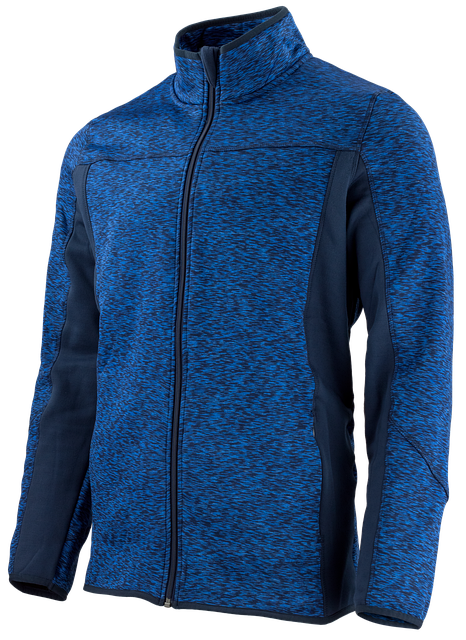Leggings: Materials, Uses, Fit, and Care for Women
Leggings are a versatile garment worn for everyday comfort, exercise, and style. They range from thin, lightweight fabrics to thicker, structured blends and can serve as a base layer, activewear, or a fashion staple. Understanding materials, fit, intended use, and proper care helps people choose leggings that match their needs and last longer.

Leggings: common materials and construction
Leggings are typically made from knit fabrics that combine stretch and recovery. Common materials include cotton blends with spandex (elastane) for comfort, polyester and nylon blends for moisture management, and technical fabrics like compression knits for support. The amount of elastane usually determines stretchiness and shape retention; 5–15% elastane is typical for many styles. Construction details—such as gussets, flatlock seams, and high-rise waistbands—affect comfort and durability. Thicker, brushed fabrics (e.g., fleece-lined) add warmth while woven or thin jersey fabrics enhance breathability.
How leggings fit into everyday clothing
Leggings function as a base layer and an outerwear option depending on styling. For casual outfits, leggings pair with longer tops, tunics, or oversized sweaters to create balanced proportions. In cooler months they work under skirts or dresses as an insulating layer. Fit matters: a snug, smooth fit is often preferred for layering, while looser, jogger-style leggings offer a different silhouette. Selecting leggings with an appropriate rise and waistband design helps avoid gapping and improves comfort when sitting or moving through daily tasks.
How leggings relate to current fashion trends
Leggings appear across seasonal and trend cycles, from monochrome athleisure looks to patterned or textured designs. Fashion-forward choices include leather-look, ribbed, and printed fabrics, as well as details like side panels and ankle zips. Styling can shift leggings from casual to slightly dressier outfits by pairing them with structured outerwear, boots, or minimalist accessories. Fabric choices and finishing details influence perceived formality; matte, opaque fabrics tend to read as more polished than shiny or sheer options.
Are leggings suitable for workout activities?
Leggings designed specifically for workouts prioritize moisture-wicking, breathability, and movement range. Look for fabrics with good stretch and recovery, flat seams to reduce irritation, and a secure waistband to prevent sliding during activity. Compression leggings can offer added muscle support and circulation benefits for some users, though individual preferences vary. For high-intensity workouts, choose opaque, sweat-resistant fabrics to maintain coverage and comfort. Always assess fabric thickness and stretch before selecting a pair for running, yoga, strength training, or low-impact activities.
Choosing leggings for women: sizes, features, and fit
When choosing leggings, women should consider waist rise, inseam length, and body shape to find comfortable and flattering options. Features like a wide waistband, pocket placement, and reinforced seams contribute to usability and comfort. Size charts vary by brand, so measuring waist and hips and comparing to a provider’s guide helps reduce returns. For maternity, post-surgical, or compression needs, specialized leggings offer adapted waistbands or graduated compression. Evaluating opacity, stretch recovery, and intended wear (all-day vs. gym-only) ensures the selected pair meets lifestyle requirements.
Leggings can be cared for to extend their lifespan: wash inside out on gentle cycles, avoid high heat drying, and use mild detergents to preserve elasticity and color. Rotate pairs to reduce fabric fatigue and inspect seams and waistbands periodically. Proper storage—folded rather than hung—helps prevent stretching at the waistband over time.
Leggings serve multiple roles across clothing, fashion, workout routines, and everyday wardrobes for women. Matching fabric, fit, and features to intended use helps ensure comfort and longevity while allowing individual style expression through color, texture, and silhouette choices.






